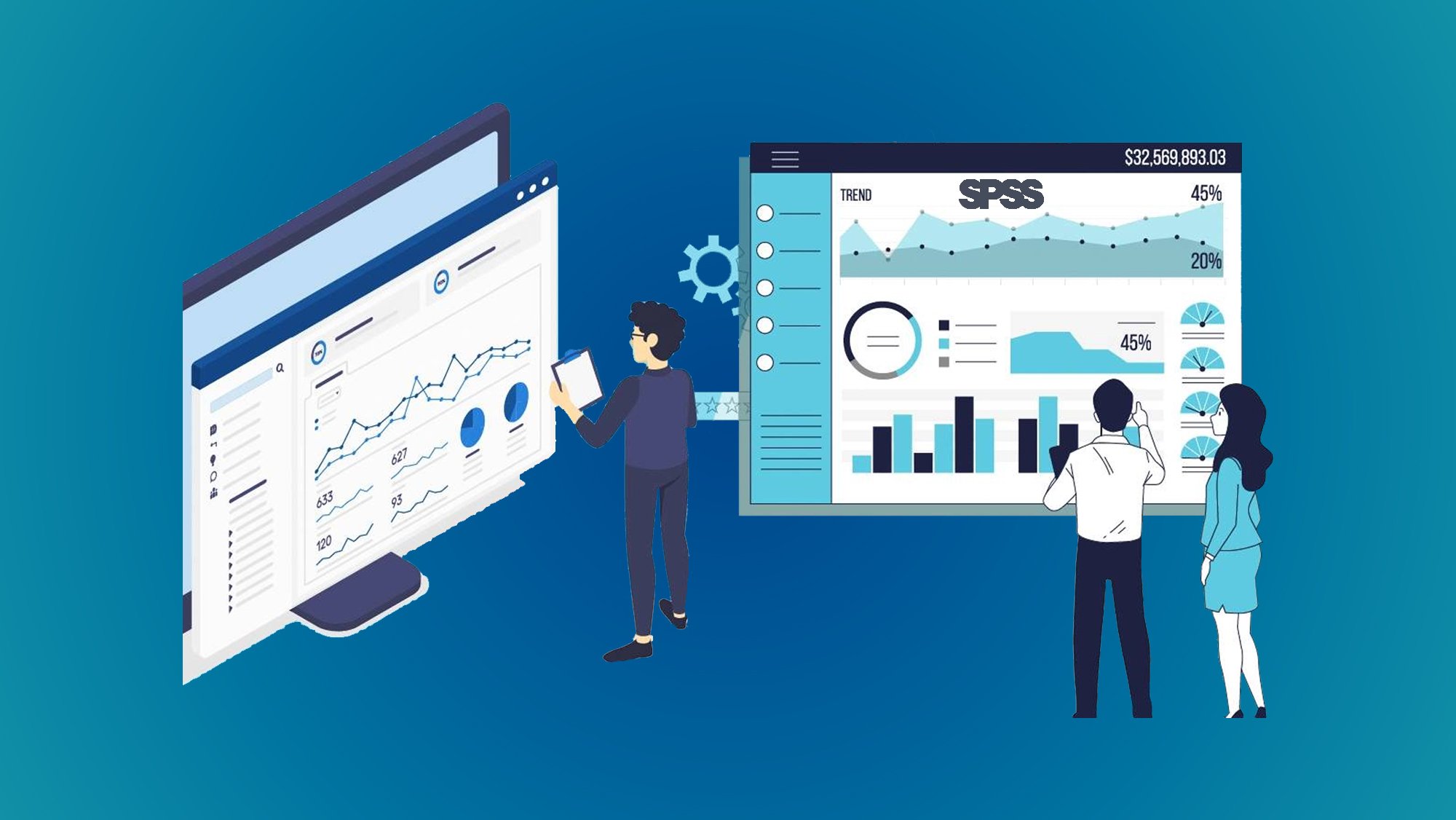Everything You Need to Know About Qlikview Training
Introduction:
QlikView is a leading business intelligence software that revolutionizes data analysis and visualization. It provides organizations with a powerful platform to transform raw data into meaningful insights. With its intuitive and interactive interface, QlikView enables users to explore data from various sources, create dynamic dashboards, and generate rich visualizations. By enabling data-driven decision-making, QlikView empowers businesses to uncover hidden patterns, gain valuable insights, and drive better outcomes. In this introduction, we will explore the features and benefits of QlikView as a game-changer in the world of business intelligence.
What is Qlikview ?
Why is Qlikview Training Important?
Who can do Qlikview Courses?
Prerequisite for Qlikview Courses
Qlikview Career Opportunities
What is Qlikview?
QlikView is a business intelligence and data visualization software developed by Qlik, a company founded in 1993 and headquartered in Radnor, Pennsylvania, USA. QlikView allows users to analyze and visualize their data from various sources, enabling them to make informed decisions based on insights derived from the data.
QlikView employs an associative data model, which means that data is not stored in predefined hierarchies or structures. Instead, it is loaded into memory and associated based on its key values. This allows users to explore data freely and discover hidden relationships between different data points, providing a flexible and intuitive way to analyze information.
With QlikView, users can create interactive and dynamic dashboards, reports, and visualizations that enable data exploration and discovery. The software offers a range of data visualization options such as charts, tables, graphs, and maps, allowing users to present data in a meaningful and impactful manner. It also supports interactive filtering, searching, and drill-down capabilities, empowering users to dive deeper into the data and gain deeper insights.
QlikView integrates with various data sources, including databases, spreadsheets, and enterprise systems, allowing users to combine data from multiple sources and create a unified view. It also offers data extraction, transformation, and loading (ETL) capabilities, enabling users to prepare and transform their data before analysis.
Overall, QlikView is a powerful tool for data analysis, visualization, and reporting, empowering businesses to leverage their data assets and make data-driven decisions.
Why is Qlikview Training Important?
- Understanding the Tool: QlikView has its own unique features, functionalities, and user interface. Training helps users understand how to navigate the software, create visualizations, perform data analysis, and build interactive dashboards. It familiarizes users with the various tools and techniques available within QlikView, enabling them to utilize the software effectively and efficiently.
- Maximizing Data Insights: QlikView training equips users with the skills to extract meaningful insights from their data. The training covers techniques for data exploration, visualization best practices, and advanced analytics capabilities. This enables users to leverage the full potential of their data, uncover patterns, identify trends, and make data-driven decisions.
- Efficiency and Productivity: Learning how to use QlikView effectively can significantly enhance productivity. Training provides users with shortcuts, tips, and tricks to streamline data analysis and visualization tasks. Understanding the software's capabilities allows users to work more efficiently, reducing manual effort and time spent on repetitive tasks.
- Customization and Flexibility: QlikView offers a high degree of customization, allowing users to tailor their dashboards and visualizations to meet specific business requirements. Training helps users understand how to customize and configure QlikView applications, enabling them to create personalized and tailored solutions that address specific business needs.
- Collaboration and Sharing: QlikView training covers features related to collaboration and sharing of insights. Users learn how to create and distribute reports, share interactive dashboards, and collaborate with colleagues. This fosters a culture of data-driven decision-making within organizations and facilitates effective communication and collaboration around data insights.
- Career Advancement: QlikView is widely used in the business intelligence and analytics industry. By gaining proficiency in QlikView through training, individuals can enhance their skill set and increase their career prospects. QlikView training can be valuable for professionals working in data analysis, business intelligence, reporting, and related fields.
Who can do Qlikview Courses?
QlikView courses are suitable for professionals and individuals from various backgrounds who are interested in data analysis, visualization, and business intelligence. Data analysts, business intelligence professionals, reporting analysts, and data visualization specialists can benefit from QlikView courses to enhance their skills and advance their careers. Moreover, professionals from diverse industries such as finance, marketing, sales, healthcare, and logistics who want to leverage their organization's data for insights and decision-making can enroll in QlikView courses. Whether you have a technical or non-technical background, QlikView courses provide the necessary knowledge and skills to effectively analyze and visualize data for informed decision-making.
Prerequisite for Qlikview Courses
- Basic Computer Skills: Having a good understanding of computer operations, file management, and navigating through software interfaces is essential. Familiarity with Windows operating system and file manipulation skills will be helpful.
- Data Analysis Knowledge: It is beneficial to have a basic understanding of data analysis concepts. Knowledge of data types, data structures, and basic statistical concepts can provide a foundation for understanding data manipulation and analysis within QlikView.
- Database and SQL Concepts: Having a basic understanding of databases and SQL (Structured Query Language) can be advantageous. Knowledge of concepts like tables, queries, joins, and basic SQL syntax can assist in working with data sources, manipulating data, and creating more advanced analyses in QlikView.
- Business Intelligence Concepts: Familiarity with business intelligence principles, such as data warehousing, data modeling, and reporting, can help in understanding the context and purpose of QlikView. It can also facilitate the effective use of QlikView features and functionalities to create meaningful visualizations and reports.
Qlikview Career Opportunities
- QlikView Developer: As a QlikView Developer, you would be responsible for designing, developing, and maintaining QlikView applications. This role involves data modeling, dashboard creation, scripting, and ensuring the effective utilization of QlikView features and functionalities.
- Business Intelligence Analyst: Business Intelligence Analysts leverage QlikView to extract insights from data and provide valuable business intelligence to organizations. They analyze data, create visualizations and reports, and present findings to stakeholders, enabling data-driven decision-making.
- Data Analyst: QlikView can be used as a tool for data analysis, and as a Data Analyst, you can utilize QlikView to perform data exploration, data cleansing, and advanced analytics. You would extract valuable insights from data, identify trends, and provide actionable recommendations.
- Data Visualization Specialist: QlikView's strength lies in its data visualization capabilities. As a Data Visualization Specialist, you would use QlikView to create interactive and visually appealing dashboards, reports, and presentations to effectively communicate data insights to stakeholders.
- Business Intelligence Consultant: Business Intelligence Consultants leverage QlikView to provide strategic guidance to organizations in utilizing data for decision-making. They analyze business requirements, design QlikView solutions, and provide expertise in data visualization, modeling, and analytics.
- Business Analyst: QlikView can play a crucial role in business analysis, helping organizations understand market trends, customer behavior, and operational efficiency. As a Business Analyst, you would use QlikView to analyze business data, identify opportunities for improvement, and make recommendations.
Conclusion:
QlikView is a robust and user-friendly business intelligence and data visualization software. Its associative data model and interactive features enable users to analyze data, create dynamic dashboards, and gain valuable insights. With a wide range of career opportunities in data analysis, business intelligence, and data visualization, QlikView offers professionals the chance to enhance their skills and contribute to data-driven decision-making. Overall, QlikView is a valuable tool for organizations across industries, empowering them to leverage their data assets and drive business success.
You May Also Like
These Related Stories

Everything You Need to Know About Informatica Training

Everything You Need to Know About Tableau Training



No Comments Yet
Let us know what you think